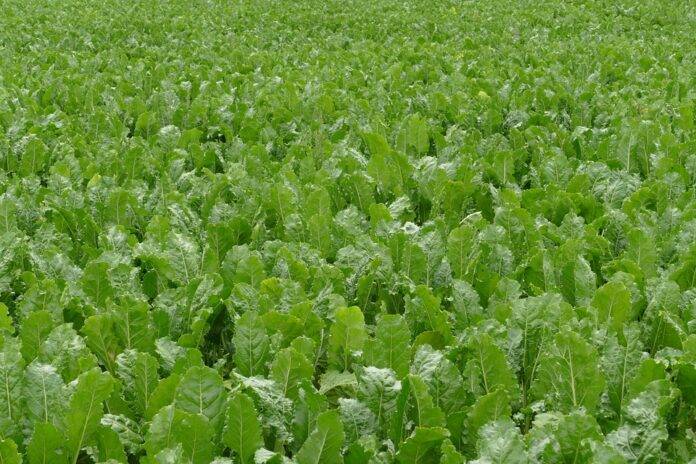Introduction
Sucrose, commonly known as table sugar, is a vital ingredient in various food and beverage products. It is extracted from two primary sources: sugarcane and sugar beets. The process of extracting, refining, and distributing sucrose involves several key steps that ensure the quality and purity of the final product. In this report, we will delve into the detailed process of how sucrose is extracted, refined, and distributed from cane and beet sources.
Extraction of Sucrose from Sugarcane
1. Harvesting and Transportation
Sugarcane is typically harvested by cutting the stalks close to the ground using specialized machinery. The harvested sugarcane is then transported to sugar mills for processing. The transportation process involves careful handling to prevent damage to the stalks, which can affect the sucrose content.
2. Extraction of Juice
At the sugar mill, the sugarcane stalks are crushed to extract the juice, which contains sucrose. The juice is then filtered to remove impurities and solid particles. This raw juice undergoes several stages of purification to remove any remaining impurities and increase the sucrose concentration.
3. Evaporation and Crystallization
Once the juice is purified, it is concentrated through evaporation to form a thick syrup. This syrup is then cooled and seeded with sugar crystals to initiate crystallization. The crystals are separated from the syrup through centrifugation, resulting in raw sugar.
4. Refining and Packaging
The raw sugar undergoes further refining processes to remove any remaining impurities and achieve the desired level of purity. The refined sugar is then dried, granulated, and packaged for distribution to various industries and consumers.
Extraction of Sucrose from Sugar Beets
1. Harvesting and Processing
Sugar beets are harvested by uprooting the entire plant from the ground. The beets are then transported to sugar processing facilities where they are washed, sliced, and soaked in hot water to extract the sugar-containing juice. The juice is filtered and purified to remove impurities.
2. Evaporation and Crystallization
Similar to the sugarcane extraction process, the beet juice is concentrated through evaporation and seeded with sugar crystals to induce crystallization. The sugar crystals are separated from the syrup, dried, and further processed to produce refined sugar.
3. Refining and Packaging
The refined sugar from sugar beets undergoes similar refining and packaging processes as sugar extracted from sugarcane. The final product is packaged and distributed to consumers through various channels.
Distribution of Sucrose
Sucrose extracted from both sugarcane and sugar beets is distributed to a wide range of industries, including the food and beverage industry, pharmaceutical industry, and cosmetic industry. The distribution process involves packaging the refined sugar into different forms such as granulated sugar, powdered sugar, and liquid sugar for use in various products.
Market Insights
The global sugar market is highly competitive, with key players such as Cargill, Inc., Archer Daniels Midland Company, and Tereos dominating the industry. According to market research reports, the global sugar market is projected to grow at a CAGR of 3.5% from 2021 to 2026, driven by increasing demand for sugar-based products in emerging economies.
Financial Data
In 2020, the global sugar market was valued at $52.3 billion, with sugarcane-based sugar accounting for the majority of the market share. The sugar industry is highly influenced by factors such as weather conditions, government policies, and consumer preferences, which can impact the pricing and availability of sucrose.
Conclusion
In conclusion, the extraction, refining, and distribution of sucrose from cane and beet sources involve a series of intricate processes that ensure the production of high-quality sugar products. The global sugar market continues to grow, driven by increasing demand for sugar-based products across various industries. Companies in the sugar industry must adapt to market trends and consumer preferences to maintain their competitive edge in the market.




